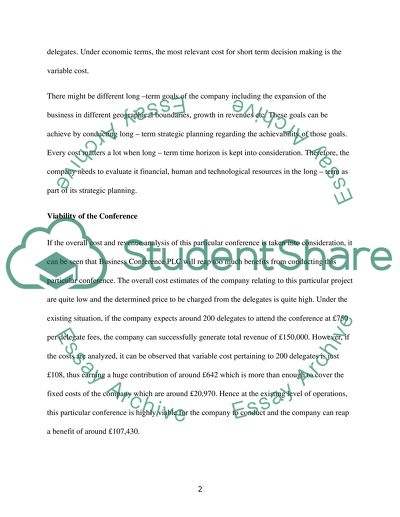Cite this document
(“A business conferences in North Wales Assignment”, n.d.)
Retrieved from https://studentshare.org/finance-accounting/1396095-a-business-conferences-in-north-wales
Retrieved from https://studentshare.org/finance-accounting/1396095-a-business-conferences-in-north-wales
(A Business Conferences in North Wales Assignment)
https://studentshare.org/finance-accounting/1396095-a-business-conferences-in-north-wales.
https://studentshare.org/finance-accounting/1396095-a-business-conferences-in-north-wales.
“A Business Conferences in North Wales Assignment”, n.d. https://studentshare.org/finance-accounting/1396095-a-business-conferences-in-north-wales.


